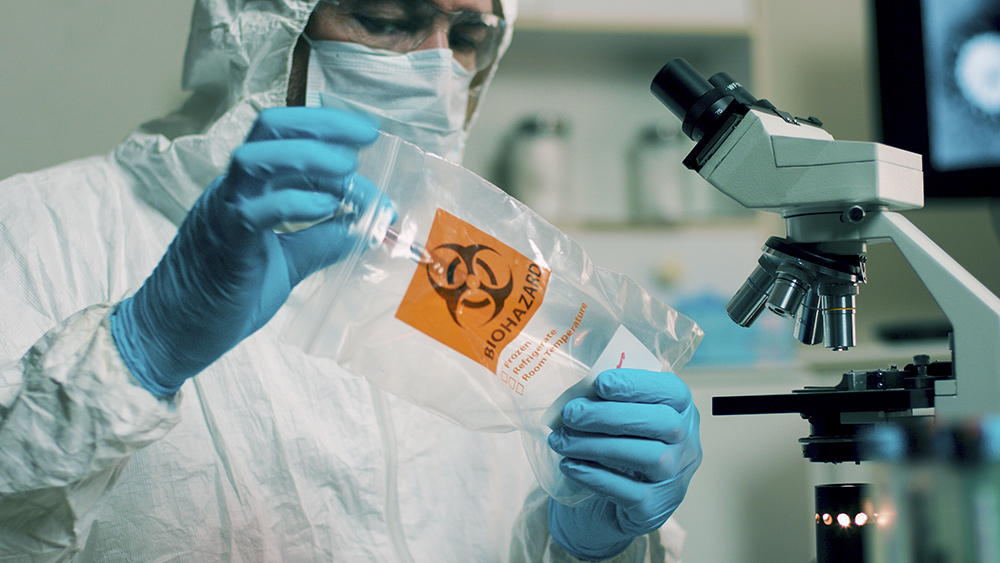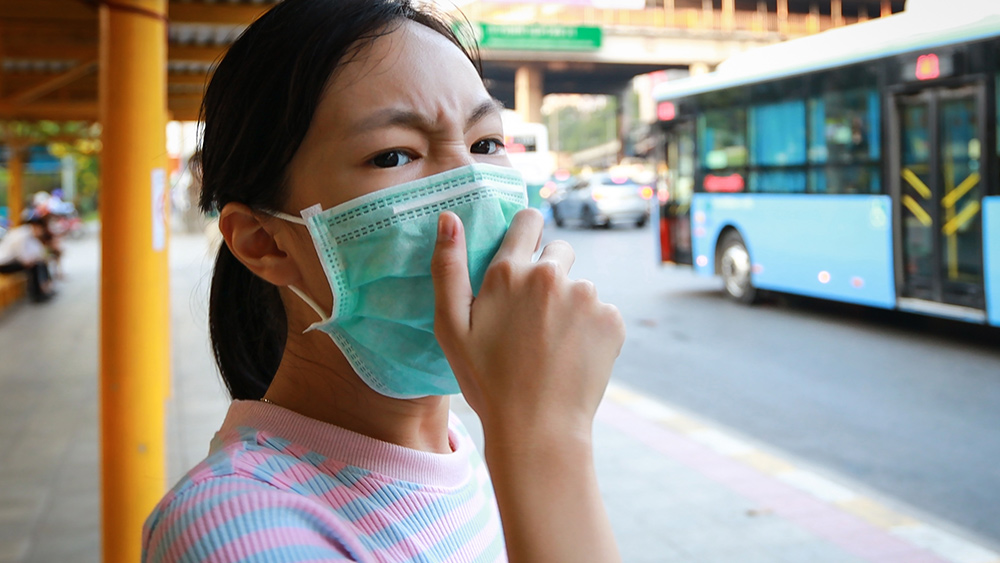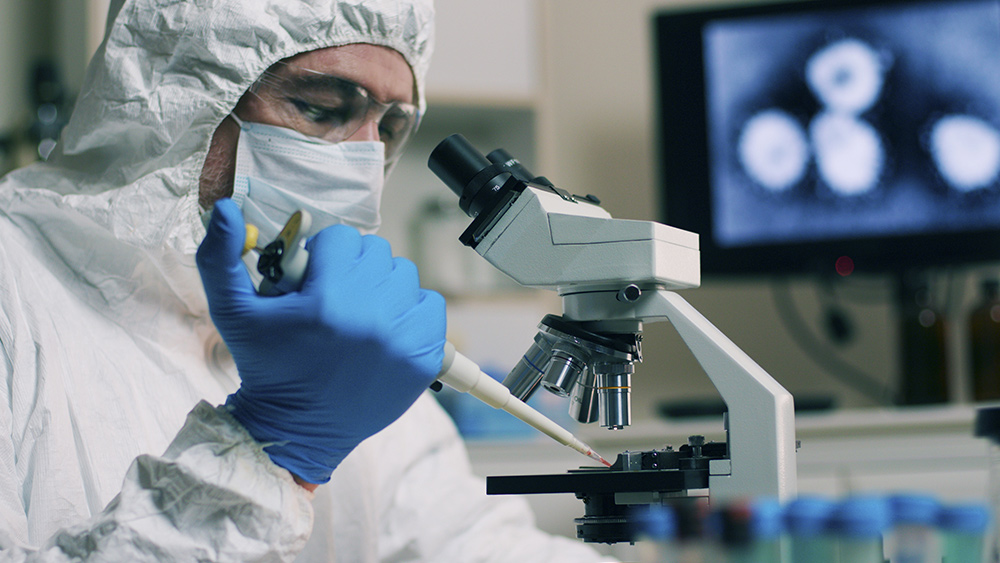“Recovered” coronavirus patients in China are testing positive a second time
03/01/2020 / By Ethan Huff

It has come to our attention that supposed recovery from the Wuhan coronavirus (CoVid-19) doesn’t necessarily mean that a previously infected person is fully in the clear.
New reports suggest that at least 14 percent of former coronavirus patients who appear to have overcome the novel infection end up contracting it a second time after being released from medical care.
This is what’s happening to many former patients who were previously discharged from hospitals throughout South China’s Guangdong province as they’re reportedly testing positive for the Wuhan coronavirus (CoVid-19) a second time in follow-up visits, an ominous foreboding for the future of full containment.
These secondary infections point to the fact that supposedly recovered patients are actually still carrying around the virus even if their symptoms are gone, adding another level of complexity to an already difficult situation.
According to Song Tie, deputy director of the Guangdong Centre for Disease Control and Prevention (Guangdong CDC), nobody knows why this is happening and whether or not such patients are still infectious. If they are, then this global emergency is even more severe than previously believed.
The latest National Health Commission treatment guidelines state that Wuhan coronavirus (CoVid-19) patients are to be considered fully recovered, and thus released from hospitals, once throat or nose swabs show up negative in two consecutive tests. A CT scan must also show that there are no lung lesions present, and no obvious symptoms such as fever.
Patients in the official “recovered” category are still instructed to continue monitoring their health and limiting outdoor activities for at least two weeks after leaving the hospital, as well as checking in for retests in the following weeks.
Listen below as Mike Adams, the Health Ranger, warns about how the tens of millions of unprepared people throughout America are actually a bigger threat than the Wuhan coronavirus (CoVid-19) itself:
So far, secondary coronavirus infections don’t appear to be transmissible
The only bit of good news, here, is that these secondary cases of the Wuhan coronavirus (CoVid-19) appear to be asymptomatic, at least so far. Other associated testing has shown that, so far, among those who tested positive a second time for the Wuhan coronavirus, their close contacts are not testing positive for the disease.
What this all suggests on the surface is that secondary Wuhan coronavirus (CoVid-19) infections may not be transmissible, with an emphasis on the word may. Time will tell as to whether or not this is patently true across the board, or if these handful of patients tested simply got lucky.
Since most of these secondary positive test results were obtained with anal swabs, a rarely used testing method, there are also questions as to its accuracy. Experts say the positive test results obtained from this method have all been “weak positive” results.
The reason for these anal swabs is that Guangzhou Medical University had previously identified the Wuhan coronavirus (CoVid-19) in fecal samples, which suggests that the disease may be spreading through feces.
Those patients who’ve tested positive for the Wuhan coronavirus (CoVid-19) a second time in Guangdong are reportedly being put under concentrated observation. Health authorities have also indicated that they are planning to step up their monitoring protocols for first-time patients who are discharged as being recovered.
In Guangdong, there are now at least 1,347 confirmed infections of the Wuhan coronavirus (CoVid-19), along with at least 805 alleged recoveries.
Over in the southern island province of Hainan, officials there are also confirming secondary infections of the Wuhan coronavirus (CoVid-19), which is why the rule there is to have all discharged patients remain under home quarantine for at least another 14 days. After this time period, if both throat and anal swabs turn up negative, then patients are free to return back to normal society.
More of the latest coronavirus news is available at Pandemic.news.
Sources for this article include:
Tagged Under: China, coronavirus, covid-19, disease, global emergency, infection, infections, novel coronavirus, outbreak, pandemic, recovered, second time, virus, Wuhan, Wuhan coronavirus



















